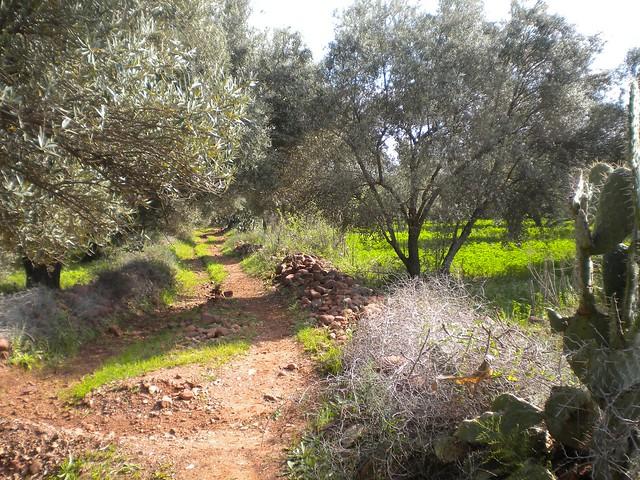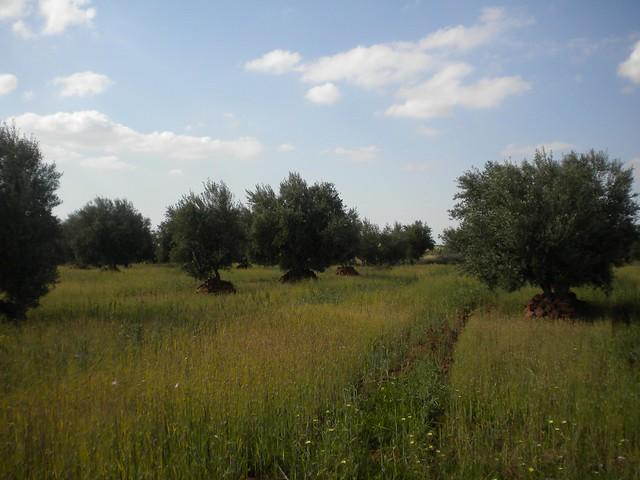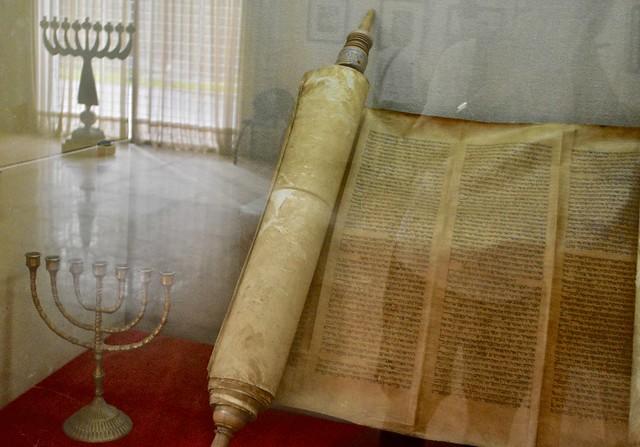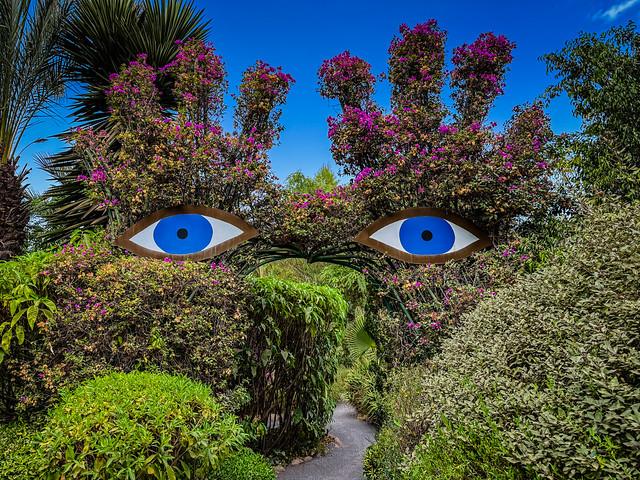El Kelâa des Sraghna
Overview
El Kelâa des Sraghna, often simply referred to as Kelâa des Sraghna, is a captivating city located in central Morocco. It is known for its rich history and vibrant culture, deeply rooted in Moroccan traditions. The city is distinguished by its unique blend of Arab and Berber cultures, evident in the local cuisine, architecture, and community events. Unlike the more frequented tourist destinations like Marrakech or Casablanca, El Kelâa des Sraghna offers a more authentic glimpse into the everyday life of Moroccans, making it a perfect destination for those looking to experience the true essence of Moroccan culture away from the typical tourist trails.
The best time to visit El Kelâa des Sraghna is during the spring (April to June) and autumn (September to November) months, when the weather is most pleasant. During these periods, the climate is comfortably warm, which is ideal for exploring the city and surrounding areas. Tourists can engage in various activities such as visiting local markets to sample traditional foods and crafts, hiking in nearby hills, or participating in local festivals that offer insights into the cultural practices of the region. These months also feature fewer tourists, providing a more relaxed and authentic experience.
Before visiting El Kelâa des Sraghna, travelers should prepare adequately to ensure a smooth and enjoyable trip. It is advisable to learn a few basic phrases in Arabic or French, as these are the primary languages spoken in the area, and doing so can greatly enhance communication with locals. Additionally, visitors should pack appropriate clothing for the climate, which includes light, breathable fabrics for the daytime and a jacket or sweater for cooler evenings. Lastly, understanding local customs and cultural etiquette is crucial; showing respect and adhering to local norms can greatly enrich the travel experience and foster positive interactions with the community.
How It Becomes to This
History not available

You May Like
Explore other interesting states in Morocco









